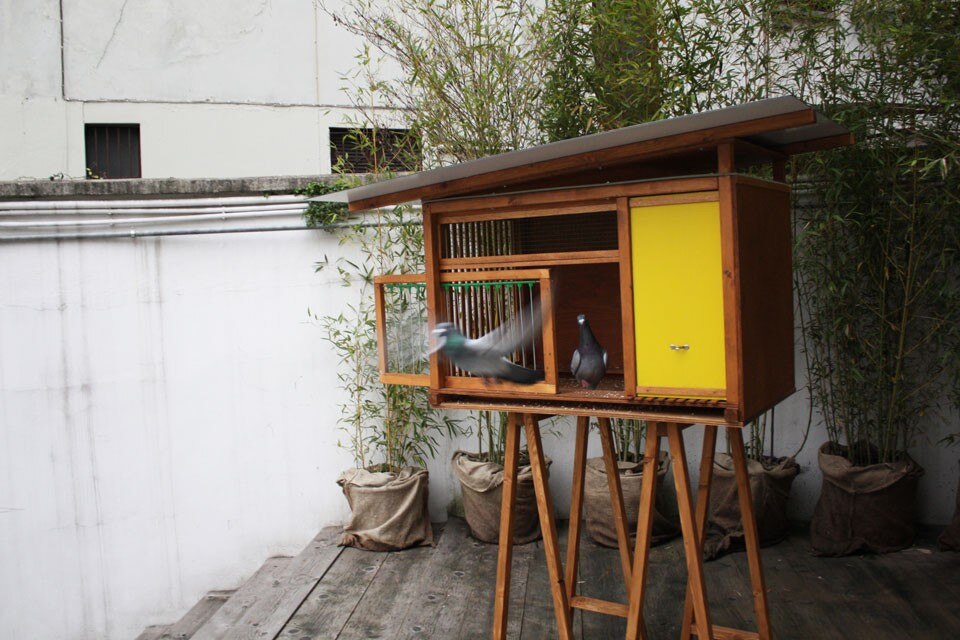Filippo Leonardi’s Freevolo videos are simply astounding. All us inveterate travellers accustomed to boarding an aeroplane for business or pleasure and being transported by its fluid flight complain at the slightest jolt and quite rightly so, we believe. Used to watching birds from below and seeing their flight as a test of gracefulness, we are about to discover that the reality is very different.
The works recently exhibited by Filippo Leonardi at Milan’s Marsèlleria gallery form part of the Colombaia project, inspired by the artist’s passion for carrier pigeons — plain pigeons to most of us. Colombaia consists in a small mobile living-unit with a sophisticated design, other objects including a large deterrent (one of those bands of spikes placed on buildings to stop birds landing), a set of photographs and some videos. The videos were filmed by tying a micro-camera to the body of a carrier pigeon flying between the gallery and its nesting place, several kilometres away, in the Settimo Milanese area.
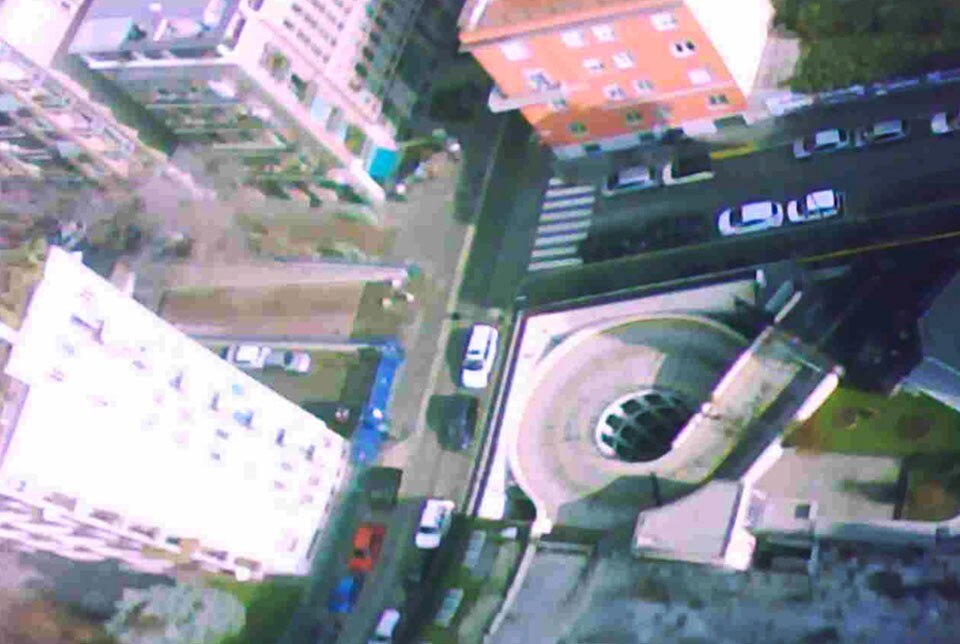
With no special effects, the camera starts filming as soon as the bird takes off and shuts down when it stops flying, whether the bird has reached its destination or has simply paused to rest. Yes, I said rest, because flying must be tiring — this is the great surprise! We always thought flying was smooth, silent and light. Instead, it is fluctuating, syncopathic, demands effort and is noisy.
The fast beating of the wings and friction with the air are tangible in the video. The pictures of the city seen from above create a point of contact between the bird’s viewpoint, that of the lens and what we are seeing. We also discover that pigeons mainly gain their bearings from the Earth’s magnetism but also have the visual ability to recognise the landscape and memorise landmarks, and that in many cases they follow trajectories traced by humans — main roads and railway tracks.
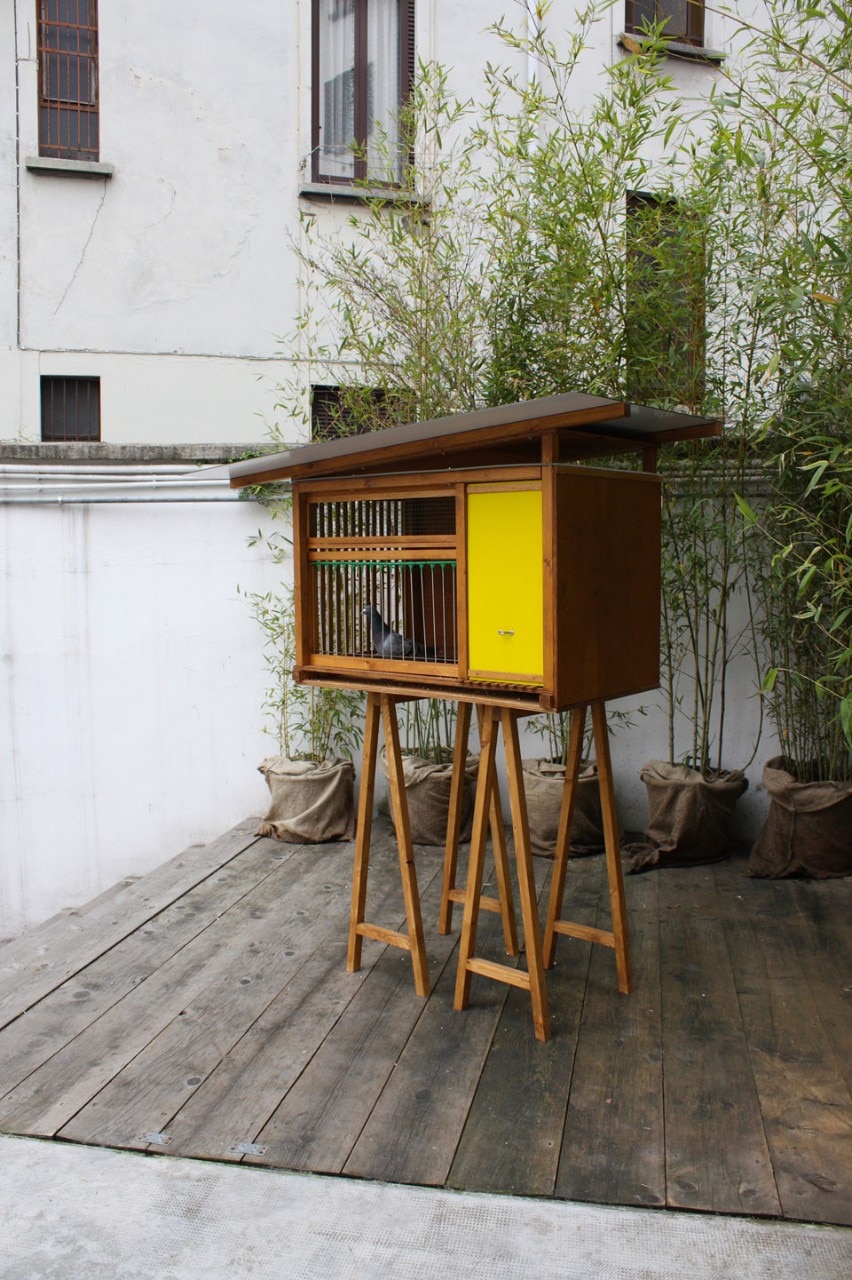
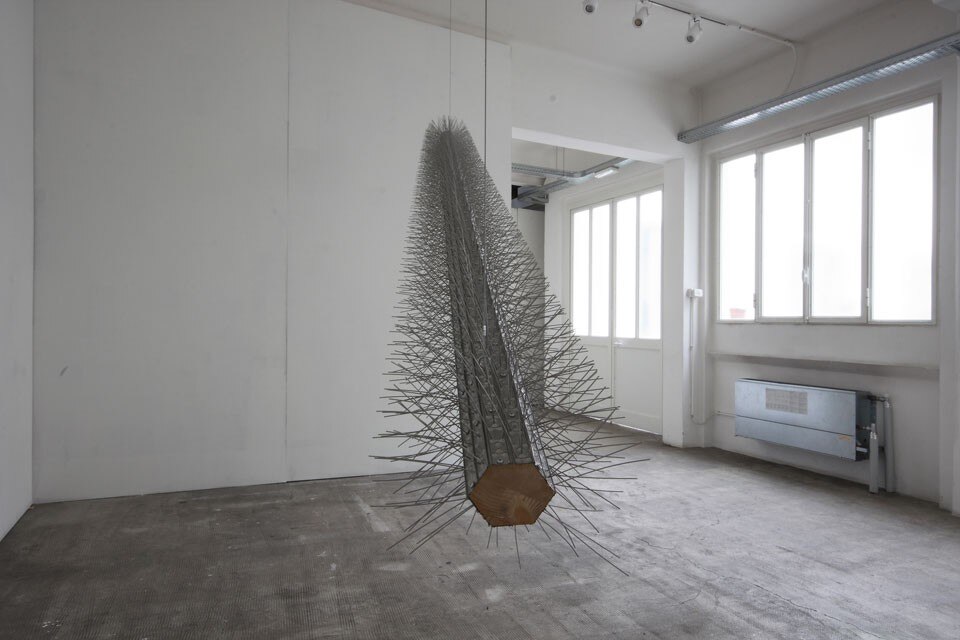
We never thought we could identify with a pigeon yet, for a moment, our viewpoints coincided and we were faced with a new perspective. This was even more the case because, at the exhibition opening and before the very eyes of those attending, Leonardi launched pairs of pigeons from the small cage in the gallery. Without hesitation, they flew off towards their destination, which is always and invariably home, the place where they grew up and to which they return. Following them with our eyes, we would have soared into the sky with them.
The Colombaia project is extremely anti-rhetorical. It is an invitation to encounter the underground world of pigeon-lovers, one of passion and dedication, and as interesting and significant as that of art lovers. It is a world where nature and culture merge and animals become active subjects. It is also an invitation to reflect on these animals, which we pass every day without really noticing. Animals that, as Leonardi stresses, “we discriminate against or accept not for what they are but because they are useful.” This is a way of further verifying the inconsistency of our ideas, which collapse when coming into contact with reality.
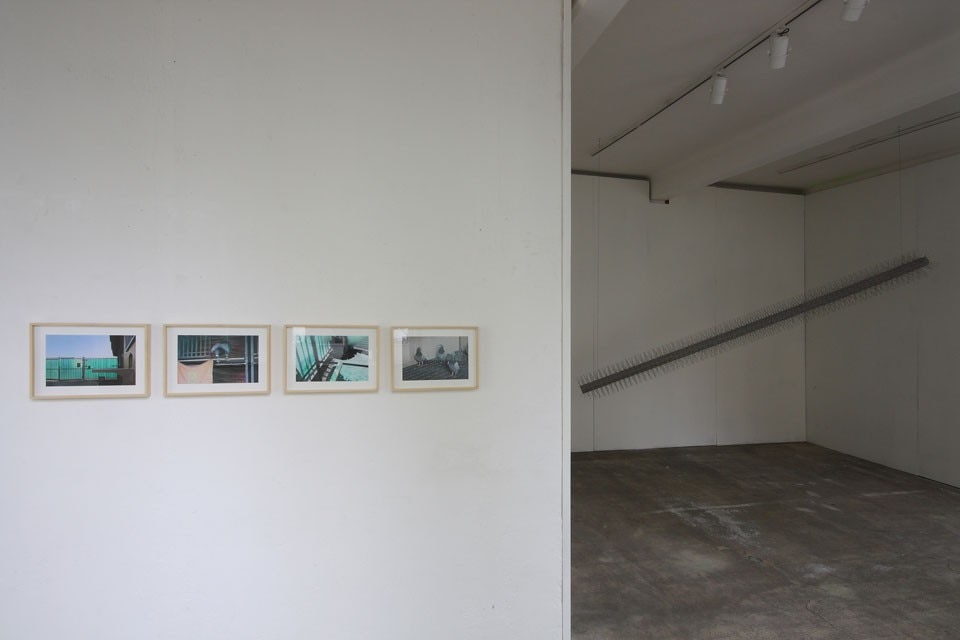
Most of all, we realise that free travel and flight is as vital as it is demanding. It is tiring, subject to restrictions and conditioned by the need to return home. All this is conveyed by the force of a record, which the artist had the birds themselves produce.
Leonardi has worked previously on living themes — plants and other animals. He has always done so by venturing into underground environments and using art to lend them public visibility. Each time, his work expresses the awareness that the total separation between categories — such as natural and artificial — makes no sense at all. Gabi Scardi
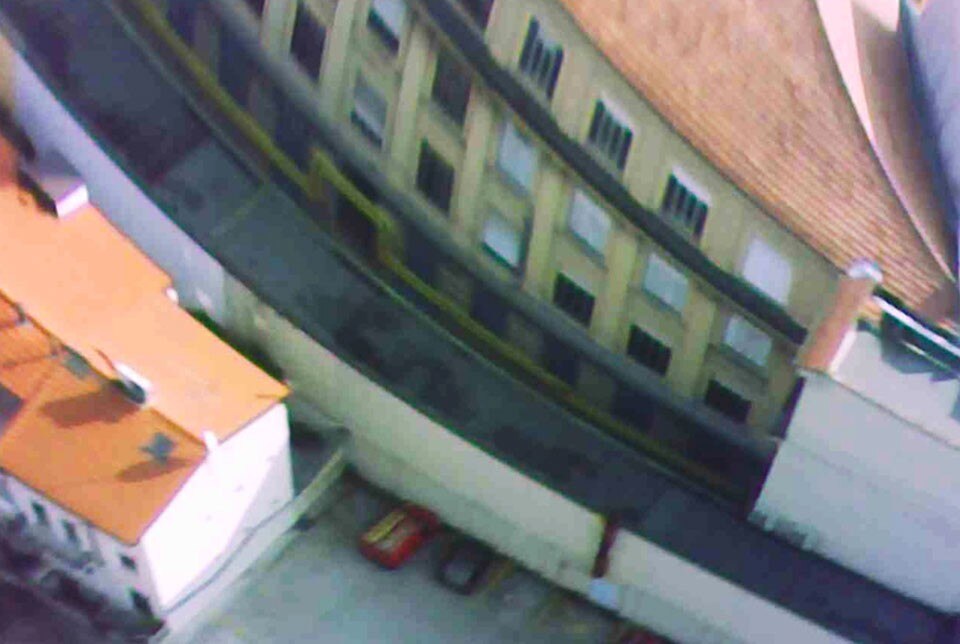
Through 7 April 2013
Filippo Leonardi: Freevolo
Marsèlleria
Via Paullo 12 A, Milan


